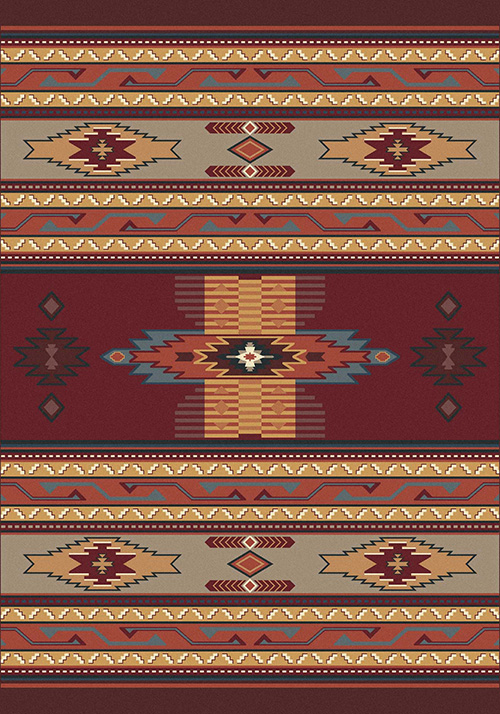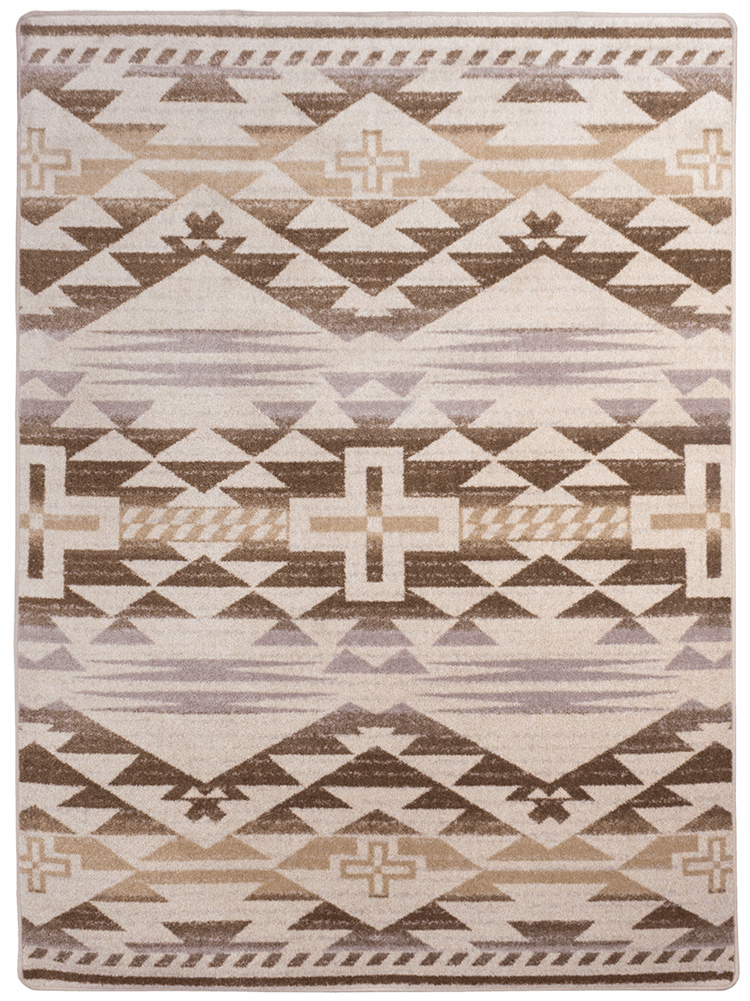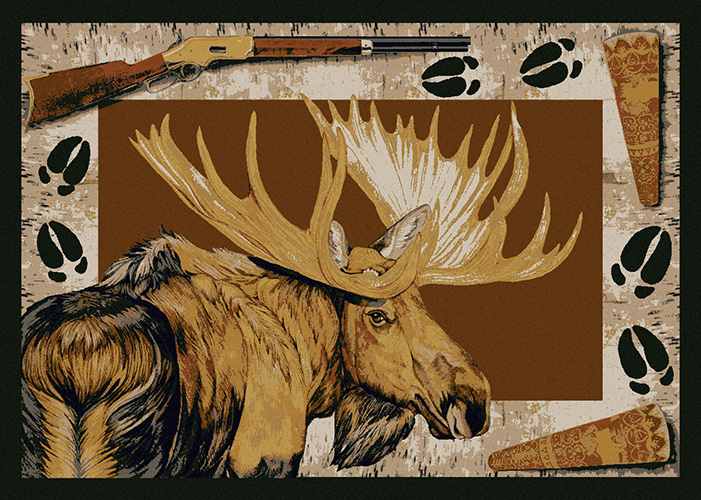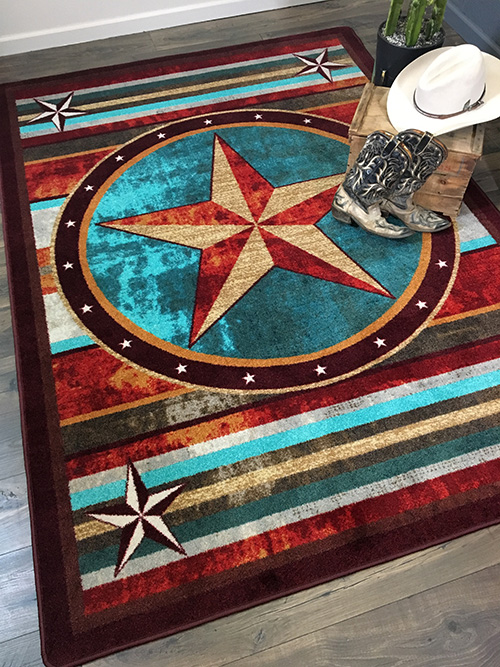
area rugs southwestern
The Pueblo tribe is believed by the Navajo to have introduced weaving, or at minimum a new method of weaving using a vertical loom. They were able to weave long, sturdy, smooth fibers and rugs thanks to their new loom. Pendleton Blankets is synonymous with Native Americans. It is the most widely recognized name in American Indian Trade blankets. These blankets of wool in many different colors and patterns were created for tribes all over the West.To make the Navajo Rug Quilted Wallhanging Pattern: Cut six 4 X20 inch strips and four 4 x4-inch squares from dark brown. All patterns can be downloaded.It is just one aspect of the amazing Navajo weaving that we can appreciate the value of a chief blanket.


